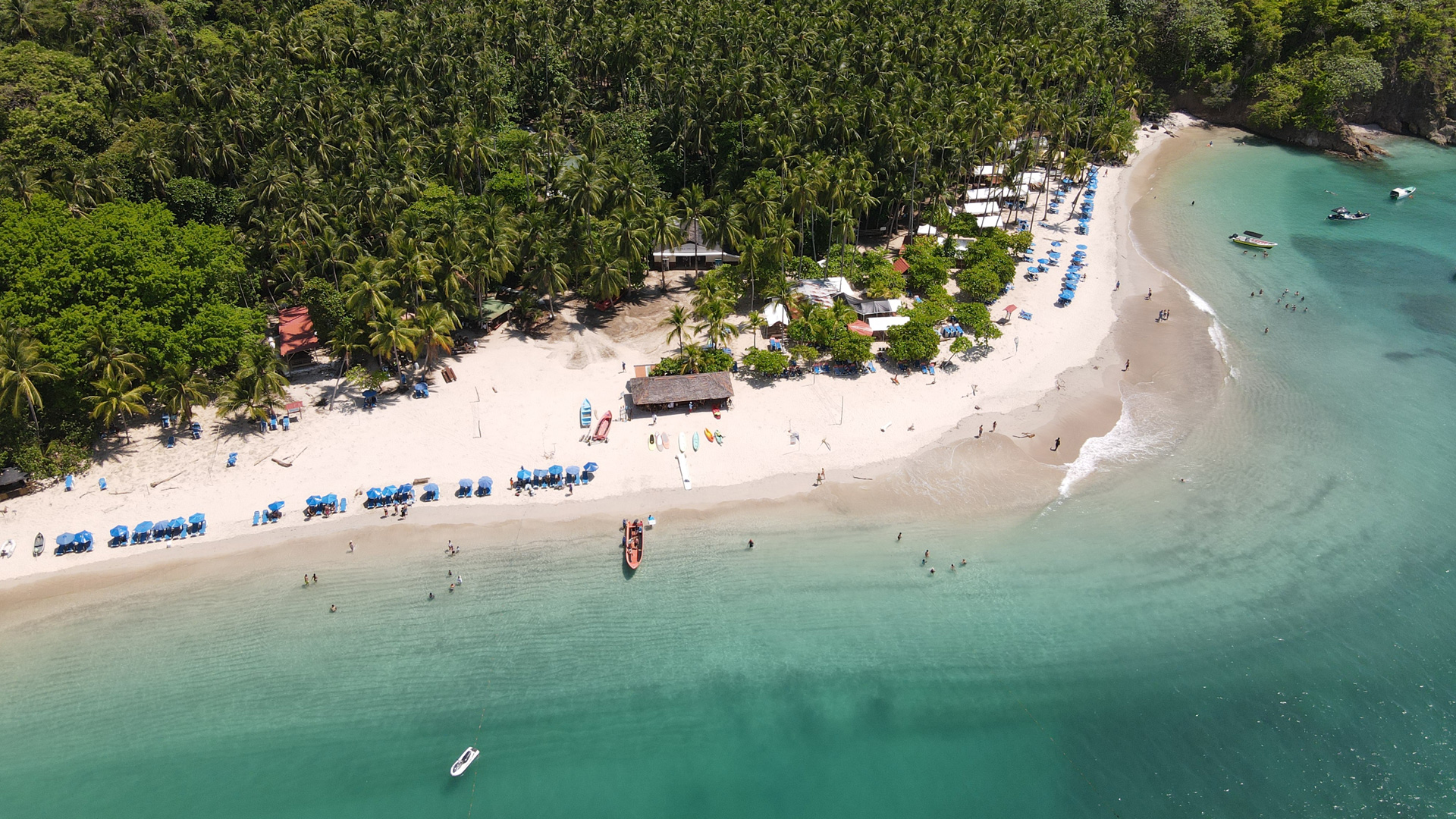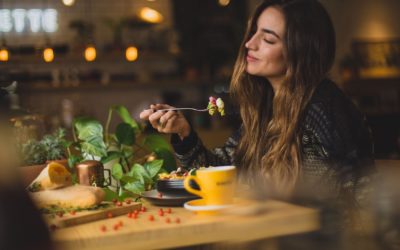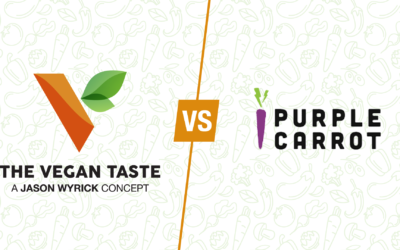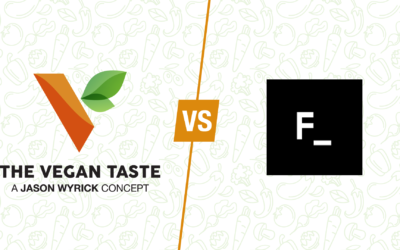You may have seen the recent Netflix docuseries Live to 100: Secrets of the Blue Zones, and if you haven’t, you should. It’s compelling and goes far beyond the simple message of “eat healthy food.” I mean, everyone says that, and so, unqualified, it has become meaningless. This message is often entangled with the idea that you must accomplish this task through sheer force of will. Blue Zones, however, is more about creating an environment where you can thrive. One in which these health-promoting decisions are easy to make. It’s about quality of life and not just quantity of life. It’s about how relationships, stress, movement, and, yes, what we eat all play into our well-being, and that starts with creating the right environment for us to live well.
- Origins and Principles of Blue Zones
- The series is based on the Blue Zones by Dan Buettner. Simply put, the Blue Zones are the areas of the world where people live the longest. What Dan did is figure out the commonalities amongst these places and distill them down into ways we can shape our lives with them. Those include:
- Community: One of the hallmarks of these areas is that the people there have a strong sense of community. They have meaningful friendships and genuine connections with people. They are supported and support others when necessary.
- Low Stress: If you’re stressed out, chances are reading this stresses you out even more! I run a food business. I should know. But finding time to unwind is important not just for your mental health but your physical health as well. So is living with purpose. The term ikigai has been making its way into the mainstream, but it’s not the only one. There are a variety of phrases used to describe what essentially boils down to knowing what you wake up in the morning and what you bring to the world.
- Movement: Yes, you actually have to get off your butt. However, it doesn’t necessarily mean getting in the gym. It means taking walks, doing a physical activity like gardening, taking the stairs instead of the elevator, you get the picture. It means doing something physical besides reading an article about the Blue Zones on your computer, tablet, or phone!
- Wise Food Choices: The vast majority of food eaten in the Blue Zones is, you guessed it, plant-based. By the vast majority, I’m talking 90 percent or more. And it’s not heavily processed plant-based foods. The focus is primarily on beans, greens, and starchy vegetables like sweet potatoes, breads, pastas, tortillas, etc. Whole foods prepared in interesting and delicious ways. People in the Blue Zones, except in the Loma Linda Blue Zone, also enjoy a glass of wine daily. Does this have a physical effect, or is it a stress reliever? I don’t know. It simply is a commonality amongst these regions.
Personal Insights and Contributions
THIS IS IMPORTANT: When I spent time with Dan (I did the food editing and contributed A LOT of recipes for his last book, Blue Zones Kitchen the thing he impressed upon me the most was that environment and not willpower was the most significant determinant of whether someone’s longevity and quality of life. I knew that intuitively, but I had never put it into words. When I was regaining my health, I knew that if I created an environment around me that promoted good choices, it would be easier to make good choices. It’s rather obvious when you put it that way.
The Journey of The Vegan Taste
This is a big reason I started The Vegan Taste all those years ago (2006, if you can believe it.) If I provided people with healthy, great-tasting meals throughout the week instead of doing the one-off plates you might get at a restaurant, I would make it easier for people to make good food choices. Because I needed it myself. I hate admitting that I struggled to force myself to make good choices, but I did, so I crafted a system that made it easy for me to do. I can’t take care of the first three tenets of living a Blue Zones life, but I can with the food, and I’m honored for those of you who let me.
Jason Wyrick
Executive Chef of The Vegan Taste




